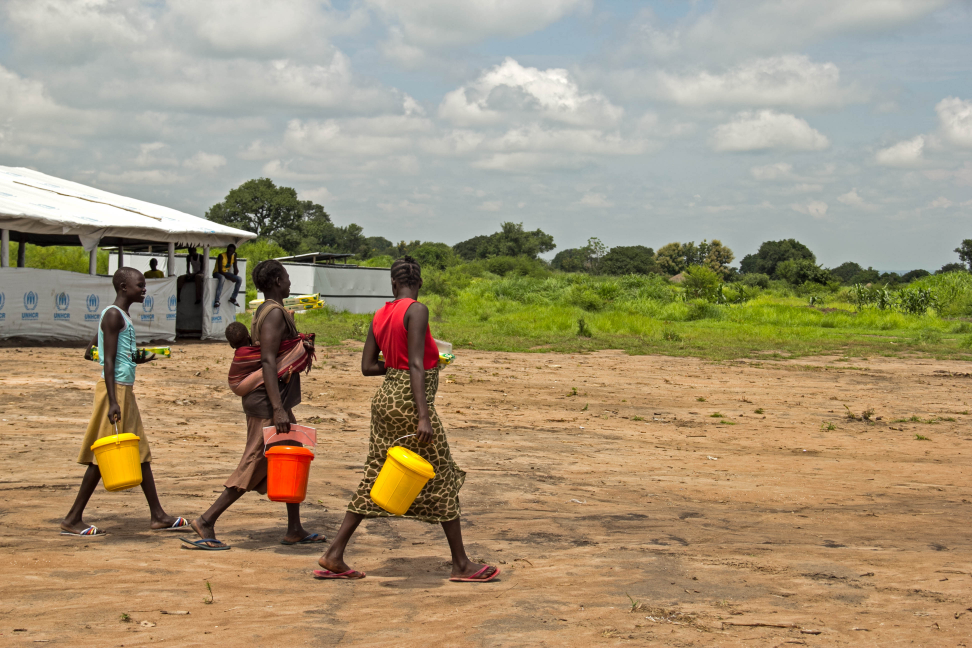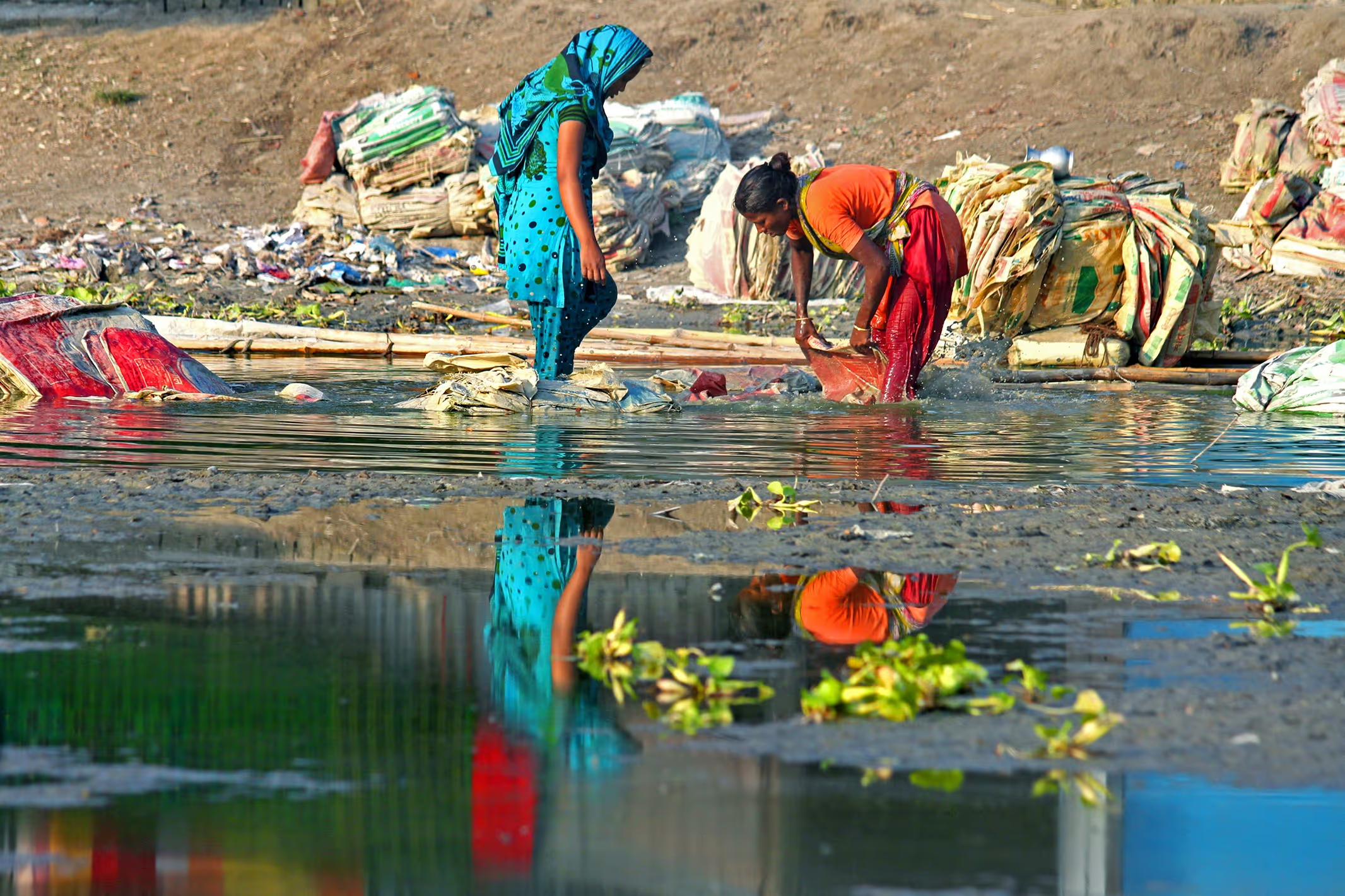A practical manual for evaluating household water filters in emergencies

Why did we write this manual?
Have you ever distributed household filters in emergency settings? Or do you plan to do it? Or maybe you have considered filters as a possible option in your context? If so, your team has likely asked:
“Which filter is suitable for our context?” or “Will this specific filter perform well and be accepted by the users?”
Or you might ask “How should we improve our filter to address the needs of implementers?” if you plan to manufacture one.
What is its background?
During our previous projects, we have developed an extensive field methodology for testing household filters in emergencies. It addressed the technical performance of the filters, ease of use, acceptance and applicability aspects. Some elements of the methodology proved to be essential in generating valuable data and insights for decision making. Some proved to be too complex for implementation and likely to fail. We have shared our methodology with others evaluating filters in the field and received feedback. This feedback by different stakeholders showed a high need for a concise and easy methodology for the non-scientific community.
This manual is developed based on our experience, the experiences of other organisations and published household water treatment evaluation studies.
What is in the manual?
The manual contains a methodology for evaluating filters in the field and background information required to design and implement the study. It is modular – you use building blocks addressing your needs and priorities for your study design.
Part 1 introduces the general study setup. It provides an overview of various building blocks of the study and discusses the decision process. It helps you to define your objectives, sets boundaries and chose the information you need to design the study.
Part 2 is the core section of this manual and contains a compilation of the information sheets concisely describing methods. Part 2 is structured around five sections:
S Filter and context pre-evaluation
L Logistics and preparation
D Distribution, user information and training
T Technical performance evaluation
U User acceptance evaluation
The detailed protocols and excel files with questionnaires coded for ODK/Kobo systems will be available on our homepage.
Who should use it?
We have designed this manual for a non-scientific audience evaluating household water filters in the field in resource-limited settings. Organisations planning to distribute household filters in an emergency context and manufacturers developing products could use this manual. Although we designed the manual for implementing filters in an emergency context, it is applicable in non-emergency settings. In principle, the methodology as a whole or its elements is suitable also for other household interventions and not only filters.
What`s next?
We want this manual to be a living document, adapt and change based on experiences. As the next step, we will validate it during our recently started study “Evaluating household water filters in emergency contexts” funded by the HIF`s WASH evidence challenge. This study is a collaboration between FHNW, Oxfam Iraq, Cesvi, Faircap and Forthemany BV. We evaluate 520 filters in Iraq and Gaza generating evidence on the performance and acceptance of four innovative membrane-based filters.
This study will improve the manual, reduce unnecessary details and add practical insights from the implementers` perspective.
Stay updated
Sign up for our newsletter to receive regular updates on resources, news, and insights like this. Don’t miss out on important information that can help you stay informed and engaged.
Related articles



Explore Elrha
Learn more about our mission, the organisations we support, and the resources we provide to drive research and innovation in humanitarian response.